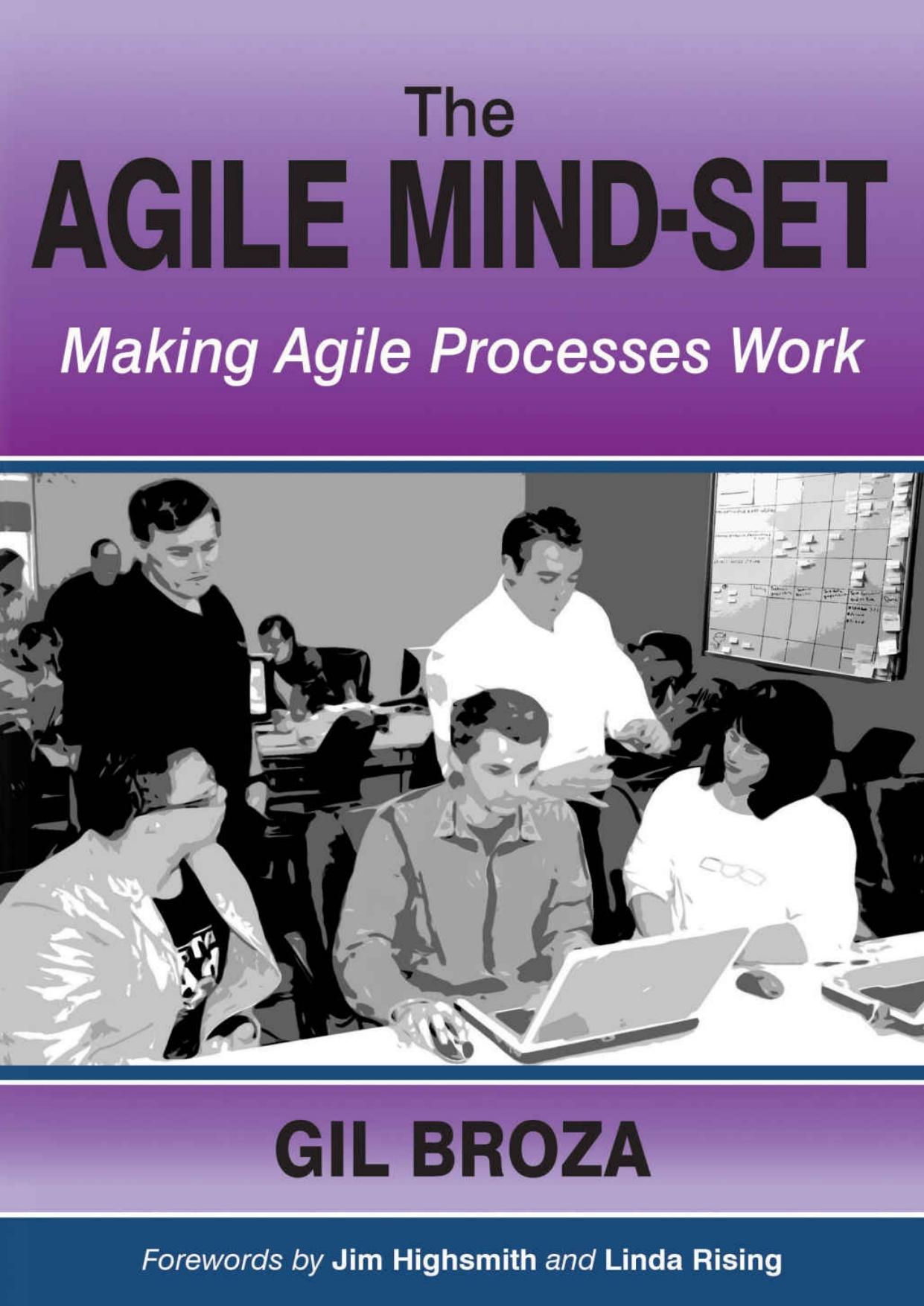The Agile Mind-Set: Making Agile Processes Work by Gil Broza

Author:Gil Broza [Broza, Gil]
Language: eng
Format: mobi, pdf
Publisher: 3P Vantage Media
Published: 2015-08-22T16:00:00+00:00
Learning
For a team to deliver appropriate products, they must learn a lot about their business, industry, and technology. Since these keep changing, the team never stops learning about them. Fortunately, this is mostly factual learning. (The many established ways by which individuals and teams engage in it are outside the scope of this book.)
For a team to reach a high level of effectiveness and maintain it, they must also learn about the consequences of their decisions and actions. For instance, was a certain technical implementation choice a good idea? Was the decision to deploy an early version helpful or a mistake? They must also learn about their abilities and limitations, how to work together, and how they respond to change.
This type of learning depends on useful feedback loops. It is amplified when the entire team contributes to the feedback and handles it collaboratively. Scrum, the popular Agile framework, prescribes two such learning opportunities at the end of each sprint (iteration). In the first meeting, called the Review, the team and stakeholders inspect the iterationâs product increment in order to adapt it. In the second, the Retrospective, the team inspects and adapts how they work together. Both meetings are a deliberate pause from product construction, a form of slack (see chapter 4) to concentrate the teamâs thinking on what they had chosen to do, what they actually did, and how to do better. Efficient learning contributes to effective value delivery. Teams that keep their cost of change low can welcome the learning.
Teams may review their product increment anytime they want, if they expect to learn something useful. The same goes for the retrospective, which does not have to be a big ceremony or be confined to the end of a cycle. For instance, teams may convene a special retrospective after a production outage or a memberâs departure.
Given the number and diversity of participants, these meetings â and other learning opportunities â need facilitation. Facilitation turns a retrospective from group discussion to structured discovery, one that results in action (and doesnât wither due to silence or get hijacked by dominant personalities). Skilled facilitation affords a team the safety and support to discuss sensitive matters â and every team Iâve ever known made great strides once they allowed themselves to discuss matters beyond the obvious and the superficial.
Download
The Agile Mind-Set: Making Agile Processes Work by Gil Broza.pdf
This site does not store any files on its server. We only index and link to content provided by other sites. Please contact the content providers to delete copyright contents if any and email us, we'll remove relevant links or contents immediately.
Storytelling for dummies by Andrea Fontana(1485)
Effortless by Greg McKeown(1422)
The Practice by Seth Godin(1393)
Mastering Blockchain by Lorne Lantz(1386)
Blockchain Quick Reference by Paul Valencourt & Samanyu Chopra & Brenn Hill(1144)
Mastering Blockchain by Lorne Lantz & Daniel Cawrey(903)
The wind in the willows by Kenneth Grahame(837)
How to Lead by David M. Rubenstein(814)
The Ape in the Corner Office by Richard Conniff(783)
Handbook of Big Data Analytics by Unknown(705)
Social Media Engagement For Dummies by Aliza Sherman(703)
Taking Care of Yourself (HBR Working Parents Series) by Harvard Business Review(688)
Getting Started with Data: The first book you should read to successfully get along with data. by Menegatti Gabriel & Team Simbiose Ventures(687)
FunRetrospectives: activities and ideas for making agile retrospectives more engaging by Paulo Caroli & Tainã Caetano Coimbra(684)
Business Storytelling For Dummies by Unknown(662)
Evernote for Self Publishing: How to Write Your Book in Evernote from Start to Finish by Jose John(659)
Help! My Facebook Ads Suck-- by M. D. Cooper & Jill Cooper(646)
A Leader Listens by Ajay Banga(633)
Genius by Choice: Your unconventional A–Z handbook to enhance your learning process by Remondino Giulia S(629)
